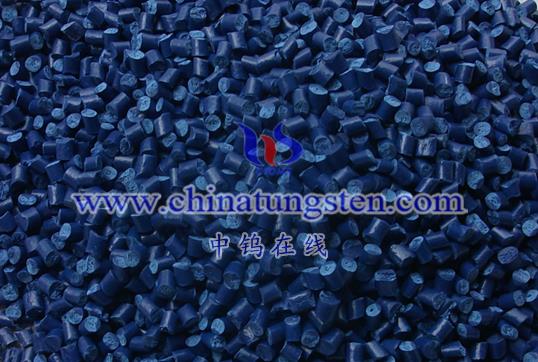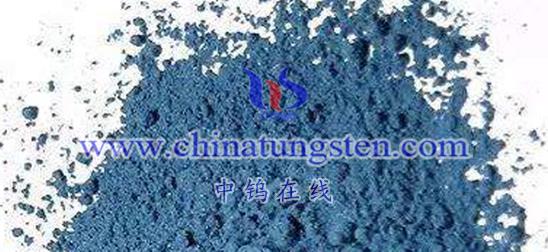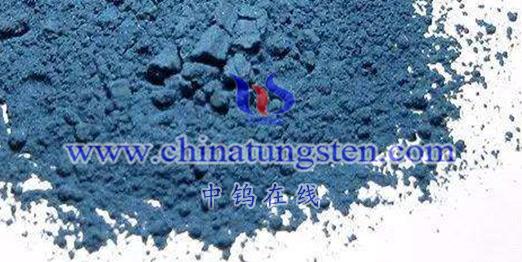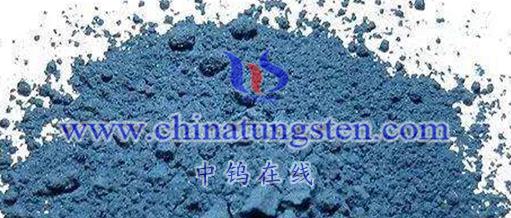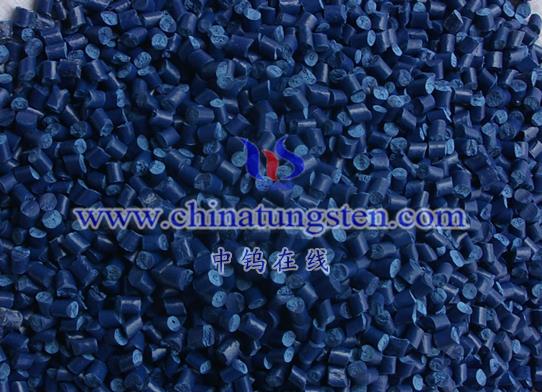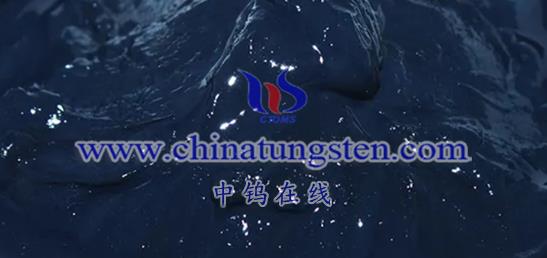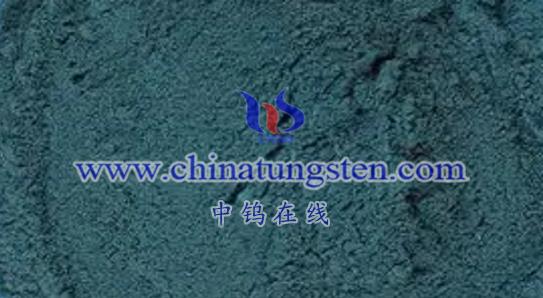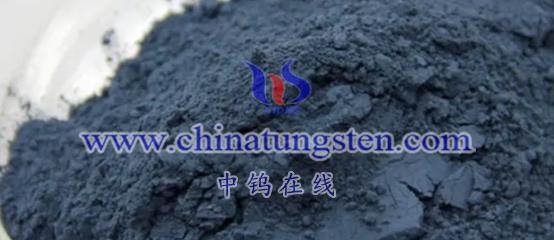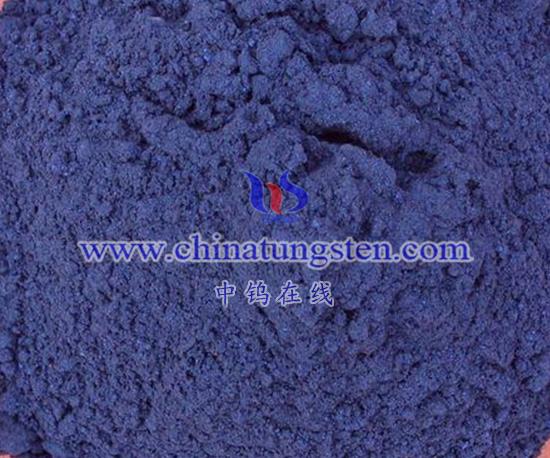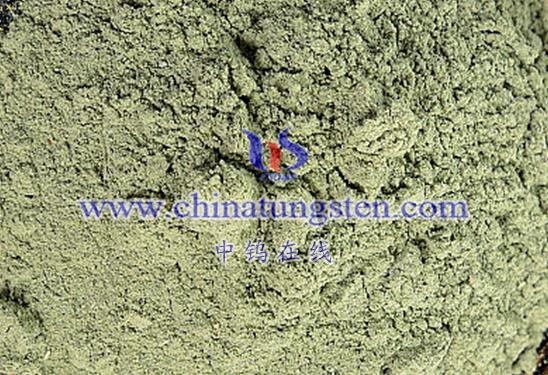
Due to their unique physical and chemical properties, nanostructured tungsten oxide-based electrode materials exhibit broad application prospects in various fields. Below is a detailed summary of their main application areas:
- Applications in the Energy Storage Field
- Lithium-Ion Batteries
- Anode Materials: Nanostructured tungsten oxide materials are considered potential candidates for the next generation of lithium-ion battery anodes. Compared to traditional graphite anodes, tungsten oxide materials have higher specific capacity and superior electronic conductivity, which helps achieve ultra-fast charging and discharging in lithium-ion batteries. For example, purple tungsten oxide nanopowder is used to enhance the performance of lithium-ion batteries due to its contribution to electronic conductivity and lithium ion diffusion.
- Electrolyte Additives: Nanostructured tungsten oxide can also serve as an electrolyte additive to improve the conductivity and stability of the electrolyte, thereby increasing the ionic transport efficiency in lithium-ion batteries.
- Supercapacitors
- Nanostructured tungsten oxide materials are commonly used as electrode materials in supercapacitors due to their high specific surface area and excellent electrochemical performance. This helps enhance the energy density and power density of supercapacitors, meeting the demand for high power output.
- Lithium-Ion Batteries
- Applications in the Catalysis Field
- Catalysts: Nanostructured tungsten oxide materials are excellent catalysts, serving as both primary and auxiliary catalysts. They demonstrate high efficiency, selectivity, and low toxicity in various reactions such as organic synthesis, oxidation reactions, and dehydrogenation reactions. Additionally, tungsten oxide materials can be used for the regeneration and recycling of catalysts, making them economically viable and environmentally friendly.
- Photocatalysis: Nanostructured tungsten oxide materials exhibit high photocatalytic activity and stability, making them suitable for applications in photocatalytic degradation of organic matter, water treatment, and air purification. With a bandgap energy of approximately 2.5 eV, they have potential photocatalytic capabilities under visible light with wavelengths less than 500 nm.
- Applications in the Sensor Field
- Gas Sensors: Nanostructured tungsten oxide materials, due to their excellent gas sensitivity, are widely used to manufacture gas sensors. These sensors can detect harmful gases, heavy metal ions, and other substances in the environment, characterized by high sensitivity and selectivity. They play important roles in environmental monitoring, industrial detection, and public safety.
- Applications in the Fuel Cell Field
- Anode Catalysts: Nanostructured tungsten oxide materials can be used as anode catalysts in fuel cells, demonstrating excellent redox reaction activity, which promotes the oxidation reaction of fuel and enhances the efficiency and performance of fuel cells.
- Electrolyte Additives: Tungsten oxide materials can also serve as electrolyte additives to improve the conductivity and stability of the electrolyte, increasing ionic transport efficiency in fuel cells.
- Applications in Other Fields
- Nanostructured tungsten oxide materials can also be used to fabricate flexible electronic devices, optoelectronic devices, and other applications, showcasing promising application prospects.
Conclusion
Nanostructured tungsten oxide-based electrode materials demonstrate extensive application value in energy storage, catalysis, sensors, fuel cells, and other fields. As nanotechnology continues to advance and applications expand, the application prospects for these materials will become even broader.
More details of tungsten oxide product, please visit website: tungsten-oxide.com
Please contact CHINATUNGSTEN for inquiry and order of tungsten oxide:
Email: sales@chinatungsten.com
Tel.: 86 592 5129595
